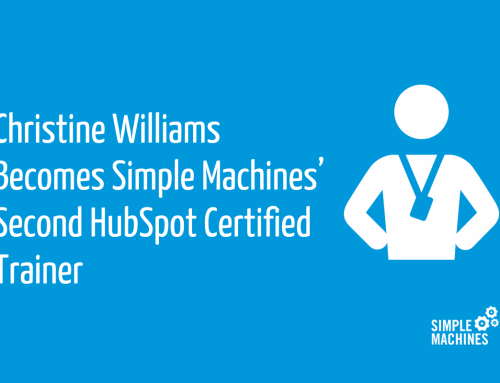Last week, Google unrolled its most recent webspam algorithm: Penguin 2.0. As SEOs dissect, analyze and speculate about every word in the announcement from Google’s head of webspam, Matt Cutts, let’s take a step back and consider what these updates mean on a broader scale and what implications there are for small businesses.
What is Penguin?
Penguin is simply Google’s name for its webspam algorithm updates. These updates aim to improve the search experience – primarily by a) decreasing the search ranking of spam sites and those using “black-hat” SEO techniques, and b) by rewarding websites that feature a compelling experience for users.
The first Penguin update was announced on April 24, 2012; Penguin 2.0 signifies the fourth Penguin-related launch. Before Penguin, Google released updates called Panda, which penalized websites that provided a poor user experience.
What Are the Effects of Penguin on Search Results?
In the early days of SEO, websites could achieve high search rankings by stuffing their site with keywords and meta data. Google adjusted its algorithm and, as a result, meta data was devalued and keyword-stuffed sites were penalized.
More recently, websites could improve search ranking by racking up a big volume of inbound links. Inbound links are still important to SEO – if the links are coming from natural, legitimate, high authority sources. However, sites with a huge number of links from low-quality and unnatural sources are now being penalized with the introduction of Penguin. Sites that are penalized will suffer drastic drops in search ranking – even for branded searching (searches for the company by name). Businesses as big as JC Penney have suffered such penalties for questionable link building practices.
What Does Penguin Mean for Your Business?
These updates do not mean the end of SEO, but they do signal that it will continue to evolve. If SEO is or will be a piece of your marketing plan, here are a few things to keep in mind about your website:
- Onsite optimization is still important. Using research, your site should be optimized for your most relevant keywords — including appropriate titles, adequate keyword density, internal links, and completed sitemap, among other things.
- Linkbuilding alone is no longer a winning strategy. A healthy link profile is still important part of optimization, but it’s a losing battle if this is the sole tactic.
- Black-hat linkbuilding will hurt your ranking.Paying for links and trying to pass link juice from paid guest posts or advertorials will lead to penalties from Google.
- Good content is critical. With every update, Google is doing more to reward strong, shareable content and authoritative websites. If your site is designed to be compelling for your market, than your goals are aligned with Google’s and these updates are nothing to panic about. Furthermore, if you are using blogs, whitepapers, infographics, webinars, and other forms of valuable content, you can use these to attract natural, organic links back to your site.
Final Thoughts
With so much written about SEO and so many contradictions out there, it’s easy to get overwhelmed. There are countless articles claiming things like “SEO is dead” and content marketing is the new winning strategy. The fact is that content marketing is part of SEO, and other white hat SEO tactics – a diversified inbound and outbound link profile, natural anchor text, and appropriate redirects, to name a few – are still important, too. By working with a search marketing specialist who has demonstrated success in SEO, you can ensure that your business’ strategy is sound and that you’re not missing any pieces of the SEO puzzle.
Planning a website redesign? Here are 10 common SEO mistakes to avoid.












